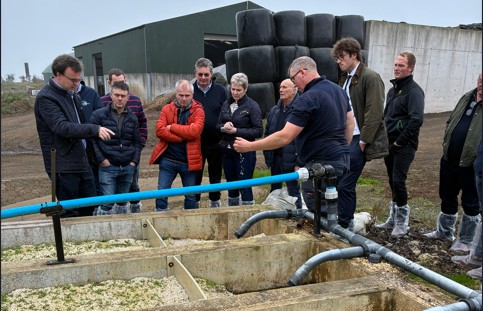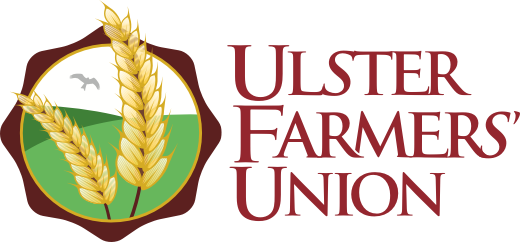
The Ulster Farmers’ Union pork and bacon committee met to hear from Dr. James Young of the Mid Ulster Biorefinery Project, a project linking agriculture, renewable energy and cross sectoral decarbonisation.
The project focuses on the utilisation of livestock slurries, raw and separated dairy /cattle slurry solids and pig slurry to provide nutrient, energy and carbon recovery services to the local agricultural sector. Nutrient recovery for phosphorous, energy recovery in the form of biomethane to displace fossil gas in the gas grid and carbon recovery to decarbonise farm carbon footprint.
The project proposes to work by transporting slurries raw/solid fraction from farm to a centralised biorefinery facility composed of anaerobic digestion (AD) and associated technologies here in Mid Ulster. The strategy and opportunity to be involved with the Mid Ulster Project is to work with farmers not only in the Mid Ulster area but also across the wider region, connecting and channelling these slurries to pre-existing ADs in other areas. This is followed by digestate management linked back to the centralised site in Mid Ulster, where it would undergo further treatment for nutrient and carbon recovery with the potential for export, or conversion to other materials.
A recurring message throughout the day was that AD is far more than just an energy solution. As agriculture continues to advance, AD is poised to become a cornerstone of nutrient management and resilience within the sector. Whilst the liquidity of pig slurry is a challenge, separation technologies do exist that would enable its use within such processes. To date while much of the focus of the Sustainable Utilisation of Livestock Slurry (SULS) Project has been on dairy and beef slurry, there was recognition that pig slurry offers significant value in maintaining the necessary moisture balance in digesters that handle those drier feedstocks.
To see and understand better the technologies already in use, the committee visited a pig unit with an AD facility onsite. Observing firsthand the integrated process, digestate solid separation, phosphorus removal and the production of renewable energy. The facility also highlighted ambitions to further develop biomethane capabilities, with a goal of feeding renewable gas into the energy grid.
The visit provided a valuable insight into the practical solutions available both on farm and at greater scale through collaboration, to help the pig sector and wider industry address some of the challenges presented in the Nutrient Action Programme (NAP) proposals. Whilst there was wide acceptance of the potential for these technologies to improve the outcome, it was agreed the industry would require time and resources to adapt, whist also ensuring benefit, sustainability and stability for the farmers.




